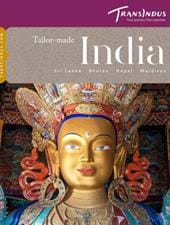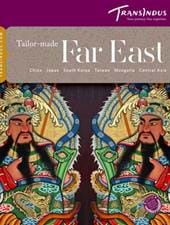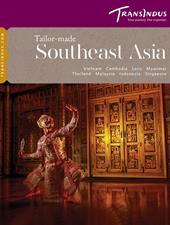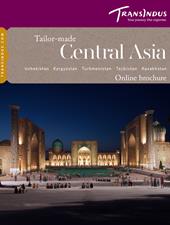The most iconic of Xi’an’s many historic monuments is the soaring Giant Wild Goose Pagoda (659 AD). It was originally built by the Tang Emperor, Gaozong in the late 7th century, but substantially enlarged by his redoubtable wife, Empress Wu Zetian, who seized power after his death. She added five new storeys to the original eight, making this one of the tallest buildings in the world at the time. There are now only seven floors, and after sustaining earthquake damage on a few occasions, the pagoda tilts perceptibly – though it’s perfectly to safe to ascend, via a handsome wooden staircase inside.
The other poster piece in the city is the huge Drum Tower, erected in 1380 at the same time as the Ming ramparts. The structure derives its name from the fact that a large drum placed inside it used to be struck in the evening to announce the start of curfew. The backstreets behind it comprise the Muslim (Hui) quarter, where men wear shiite skull caps and the air is charged with the aroma of baking bread and sesame oil produced in small neighbourhood factories. Its main street, Beiyuanmen, is great for an aimless wander in the evening, when a huge array of snacks are prepared at terrace kitchens. Try the famous Jiansan steamed buns and glistening red persimmon pies.
In the same district, northwest of the Drum Tower, the Great Mosque is one of the oldest and best preserved in China – an exquisite building blending classical Chinese and Islamic styles. Its four interlocking courtyards contain superb examples of ancient calligraphy and carved wood gateways dating from the mid-8th century. At the building’s heart is an impressive prayer hall that accommodates up to a thousand worshippers at one time. Descended from Arab and Persian merchants who first arrived in the Chinese capital in the 7th century, the city’s Hui minority are a living legacy of the old Silk Roads and transcontinental trade they facilitated.








